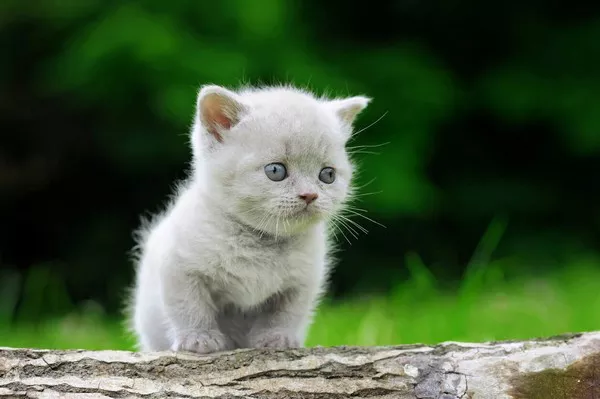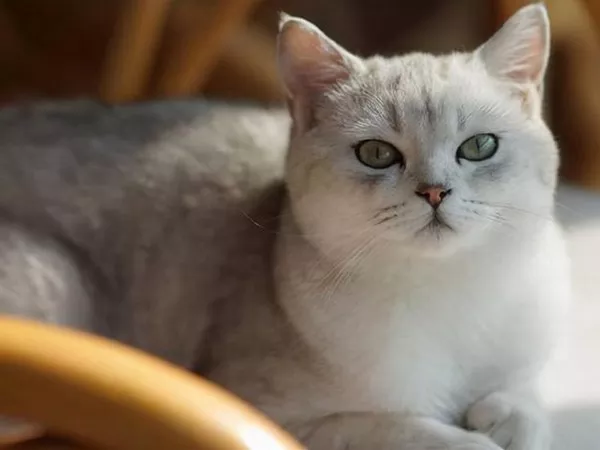Himalayan cats, with their striking blue eyes and luxurious coats, are a breed beloved by many cat enthusiasts worldwide. These feline companions are known for their gentle and affectionate nature, making them popular pets in households around the globe. A cross between the Persian and Siamese breeds, Himalayans combine the best traits of both, resulting in a stunning and sociable companion.
Average Lifespan
On average, Himalayan cats have a lifespan ranging from 9 to 15 years. However, with proper care and attention to their specific needs, some individuals may live even longer, while others may have a shorter lifespan due to various factors.
Factors Affecting Lifespan
Several factors can influence the lifespan of Himalayan cats. Genetics play a significant role, as inherited health conditions can impact their longevity. Responsible breeding practices aimed at reducing genetic predispositions to certain diseases can help improve the overall health and lifespan of the breed.
Health care is another crucial aspect of ensuring a long and healthy life for Himalayan cats. Regular veterinary check-ups, vaccinations, and preventive treatments for common feline ailments are essential for maintaining their well-being. Additionally, prompt medical attention should be sought if any signs of illness or discomfort arise.
Diet is a cornerstone of feline health, and Himalayan cats are no exception. A balanced diet that meets their nutritional needs, including high-quality protein and essential vitamins and minerals, is vital for their overall health and longevity. Providing fresh water at all times and monitoring their food intake to prevent obesity are also important considerations.
The environment in which a Himalayan cat lives can significantly impact their lifespan. Indoor cats generally have a longer lifespan than outdoor cats due to reduced exposure to potential hazards such as traffic, predators, and infectious diseases. Creating a safe and enriching indoor environment with plenty of stimulation and opportunities for exercise can help promote their well-being and extend their lifespan.
Common Health Issues
Himalayan cats are prone to certain health issues, many of which are related to their distinctive features, such as their short snouts. Brachycephalic airway syndrome, a condition caused by the unique shape of their skulls, can lead to respiratory difficulties and other respiratory problems. Dental issues, including overcrowded or misaligned teeth, are also common in Himalayans and can impact their overall health if left untreated.
See Also: What Does a Himalayan Cat Look Like?
Regular dental care, including daily tooth brushing and annual dental cleanings performed by a veterinarian, can help prevent dental problems and maintain good oral hygiene in Himalayan cats. Additionally, monitoring their breathing and seeking veterinary care if they exhibit signs of respiratory distress, such as wheezing or labored breathing, is essential for managing brachycephalic airway syndrome and other respiratory issues.
Care Tips for Longevity
To promote a long and healthy life for Himalayan cats, owners should prioritize their care and well-being. Providing a balanced diet tailored to their nutritional needs, maintaining regular veterinary check-ups, and ensuring they receive appropriate vaccinations and preventive treatments are essential aspects of responsible cat ownership.
Regular exercise is also important for keeping Himalayan cats healthy and active. Engaging them in interactive play sessions and providing opportunities for physical activity, such as climbing structures and toys, can help prevent obesity and promote mental and physical stimulation.
Signs of Aging
As Himalayan cats age, they may begin to exhibit signs of aging, such as decreased activity levels, changes in appetite, and alterations in grooming habits. It’s essential for owners to monitor their cats closely for any changes in behavior or health and to seek veterinary care if any concerns arise.
Senior Himalayan cats may require adjustments to their care routine to accommodate their changing needs. Providing softer bedding and litter boxes with lower sides can make it easier for them to access and navigate their environment. Additionally, regular veterinary check-ups become even more important as cats age, allowing for early detection and management of age-related health issues.
End-of-Life Considerations
As difficult as it may be to confront, it’s important for Himalayan cat owners to consider end-of-life care and decision-making. When a cat reaches the end of their life, palliative care focused on ensuring their comfort and quality of life becomes the priority. Consulting with a veterinarian to discuss pain management options and making decisions about euthanasia when necessary are important aspects of providing compassionate end-of-life care for a beloved pet.
See Also: Do Himalayan Cats Shed?
Breed History and Development
The history of the Himalayan cat breed traces back to the mid-20th century when breeders sought to combine the luxurious coat of the Persian cat with the striking color points of the Siamese. The result was a breed with the long, flowing coat of the Persian and the distinctive coloration of the Siamese, creating a visually stunning and highly sought-after companion.
The breed’s development continued through selective breeding aimed at refining their appearance and temperament. Over time, Himalayan cats gained popularity among cat enthusiasts worldwide, thanks to their gentle and affectionate nature, as well as their striking appearance.
Conclusion
Understanding the potential lifespan of a pet and how to care for them throughout their life is essential for responsible pet ownership. Himalayan cats, with their unique characteristics and gentle temperament, are beloved companions that bring joy and companionship to households around the world.
By providing proper care, including a balanced diet, regular veterinary check-ups, and a safe and stimulating environment, owners can help ensure a long and healthy life for their Himalayan cats. Additionally, being attentive to signs of aging and providing appropriate care and support as cats grow older is essential for maintaining their quality of life.
Ultimately, the bond between a Himalayan cat and their owner is a special and cherished relationship that enriches both lives. Through love, care, and attention, Himalayan cats can enjoy a happy and fulfilling life alongside their devoted human companions.
Related Topics:


























